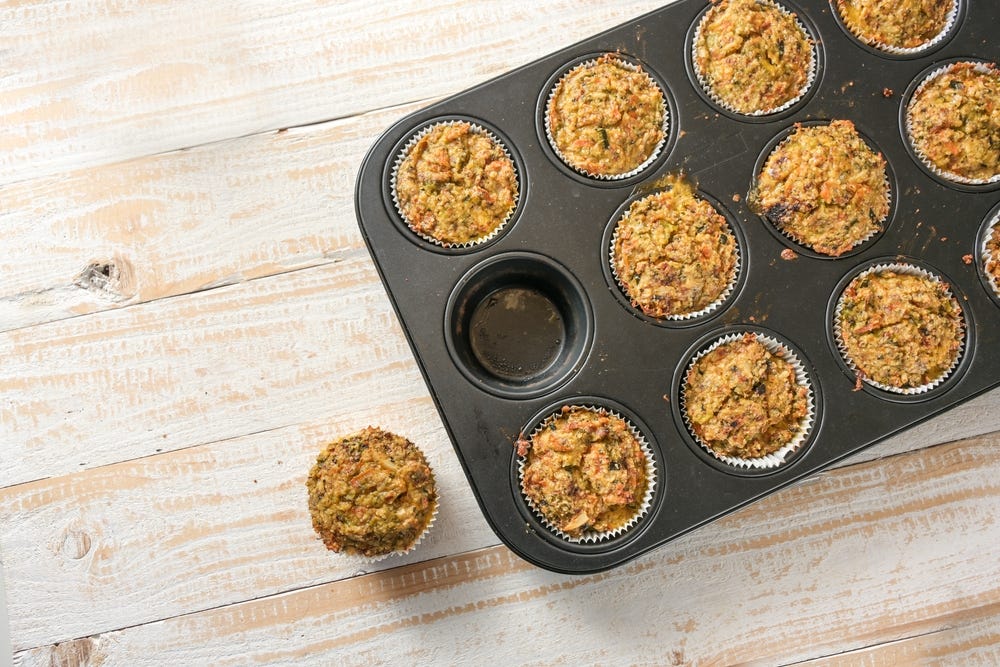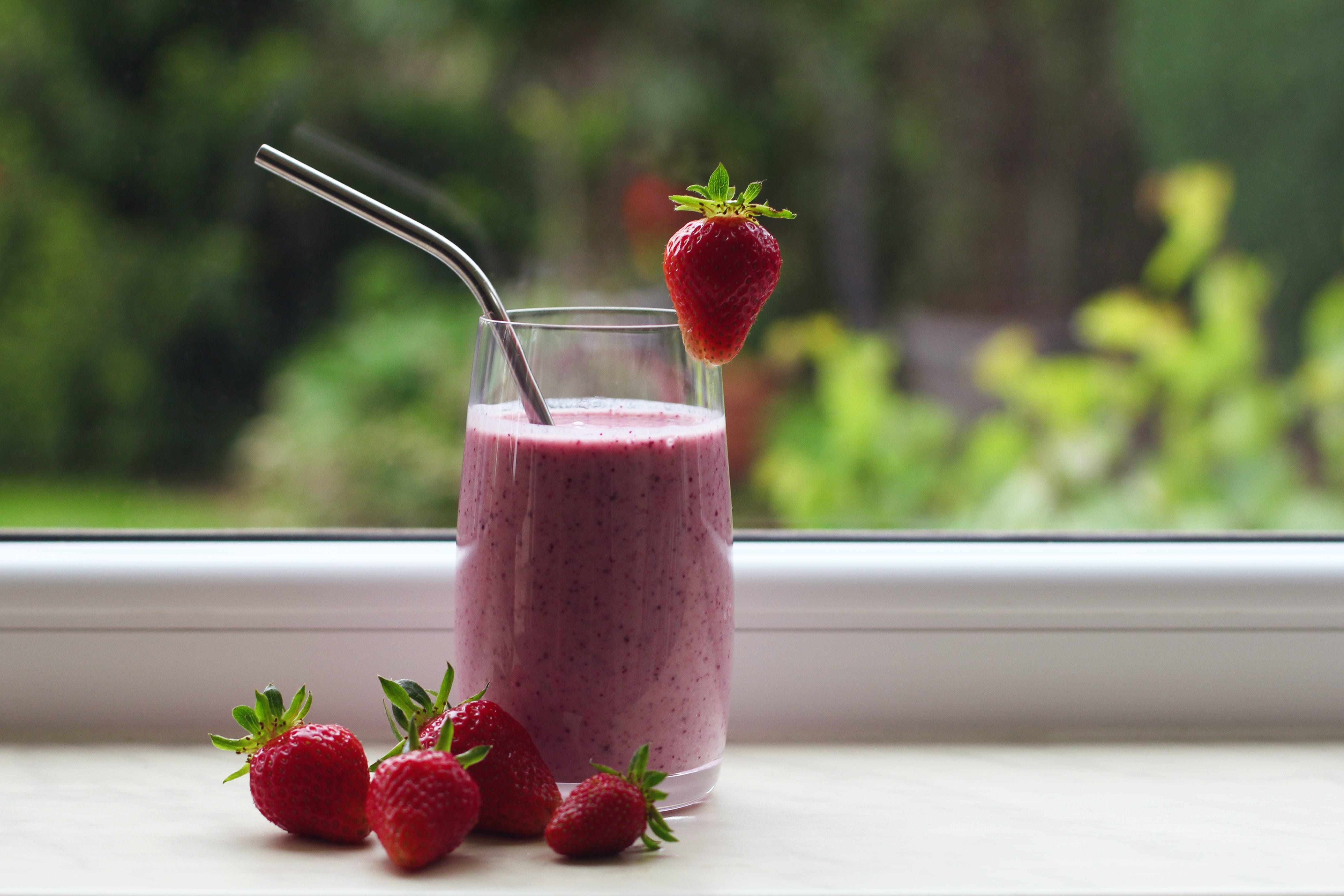
Gut Friendly Food for the Family + Recipe
Is your family gut friendly? We all want our family to be at its healthiest. What we put in our bodies has an effect on this, how we feel, how we fight off infection and how we develop, grow and repair our bodies.
We are learning so much more about how our gut health influences our overall health. This starts from the time we are born, where we are exposed to different bacteria depending on birth delivery. A baby is exposed to bacteria with a vaginal delivery different to that of a caesarean.
From then on, the environment and food we eat influences our own unique microbiome.
What is the microbiome?
The microbiome is the bacteria, yeast and fungi in our digestive system, (gastrointestinal tract). We have trillions of micro- organisms within this, mostly in the large intestine. Science is showing us that we can influence our microbiome quite quickly with our diet, within days in fact. What we are still learning about is what is considered a good microbiome for health. It seems diversity is important and more of some bacteria and less of others, but there is still a lot to learn.


Some studies are showing that the microbial diversity increases and moves towards an adult-like microbiota by the end of the first 3–5 years of life, possibly influenced by what we eat early in life. Our long-term health is influenced early.
We do know that eating a diet with a variety of plant foods including fruit, vegetables, legumes, nuts, seeds and wholegrains is important for a healthy gut microbiome, as is minimizing excess sugars and poor quality fats found in highly processed foods.


Feed the good gut bacteria
Feed your families gut bugs with dietary fibre as if you don’t they will start to eat you! Research suggests that if there is not enough dietary fibre for the gut bacteria to eat they start to eat the mucus lining that protects the gut. This can lead to inflammation and infection.
There are a range of fibre types and most plant foods are made up of a mixture of fibres, some fermentable others not. The gut bacteria ferment (or eat) the prebiotic fibres. This produces beneficial gases, that help keep the gut lining healthy and inflammation down. These can be found in many fruits and vegetables, wholegrains and nuts. Prebiotic fibres are particularly rich in foods such as garlic, cashews, legumes, pears, onions, leeks, barley, unripe banana, seaweed and oats. You can also cook and cool potatoes, oats, rice or pasta and form resistant starch. This starch passes through to the large intestine where it is fermented like prebiotic fibre is. Surprising to know our leftovers have benefits!
If we are not used to these high fibre foods and have too much prebiotic fibre all at once we may find we feel a little bloated. Take it slow, gradually increasing your dietary fibre intake, the gut bacteria will adapt. If bloating persists you may need advice from an Accredited Practicing Dietitian.
Add in friendly bacteria
As well as feeding the good gut bacteria you have, we can eat foods that add in good bacteria too. If these bacteria are in great enough numbers and have a known beneficial health effect, they are called probiotics. This is in some yoghurts and drinking yoghurts such as Kefir and Filmjolk. Check labels to see if they have made a probiotic claim.
Other fermented foods that contain bacteria even though in smaller numbers are still worth including in the diet. Some may be an acquired taste e.g. olives, miso, unpasteurized sauerkraut, kimchi, kombucha.


Healthy Fats
Healthy fats are important for flavour in food as well as for growth and development. They make many of the bitter vegetables taste more appetizing to young taste buds. Roasting with a little extra virgin olive oil caramelises the natural sugars in the vegetables. If they taste good, we will eat more which benefits our gut with dietary fibre, vitamins, minerals and phytochemicals (that reduce inflammation).
Studies show a diet similar to the Mediterranean style diet, high in monounsaturated fats and low in saturated is beneficial to the gut microbiome. Boost your poly and monounsaturated fat intakes and drizzle your meals with extra virgin olive oil, eat a have handfuls of nuts and seeds a day and include avocado.
To help your family have a healthy gut for overall good health we have developed some recipes to encourage eating a variety of nourishing foods. Remember it can take up to 20 times or more for a toddler to like a new food, so don’t stop keep on trying!
Chicken Broccoli Stir Fry
Ingredients
2 tbs extra virgin olive oil
500 g chicken thigh (sliced)
1 clove garlic (crushed)
1cm piece fresh ginger (peeled and grated)
1 onion (sliced)
2 celery stalks (sliced)
2 carrots (thinly sliced)
250 g broccoli (cut into florets)
2 tbs soy sauce (reduced salt)
2 tbs Sweet chilli sauce
1/2 cup unsalted cashews
Rice or rice noodles.


Method
Cook rice or rice noodles and set aside
Heat 1 tablespoon oil in wok
Cook the chicken in two batches; stir fry until golden and tender, remove
Heat 1 tablespoon oil in wok, add onion, stir fry for 1 minute, add garlic, ginger, celery, carrot and broccoli
Stir fry until vegetables are tender
You may need to add a little water or chicken stock
Add soy sauce, sweet chilli sauce, cooked chicken and cashew nuts, heat through
Serve with the steamed or boiled rice.
Tip:
Experiment with different type of rice – brown rice or wild rice are a great way to increase dietary fibre and a variety of food to the family’s diet. When introducing brown rice, you may like to start with half white and half brown. If you like it spicy add some finely diced fresh chilli.
Join the conversation and share your thoughts via our Facebook or Instagram.



